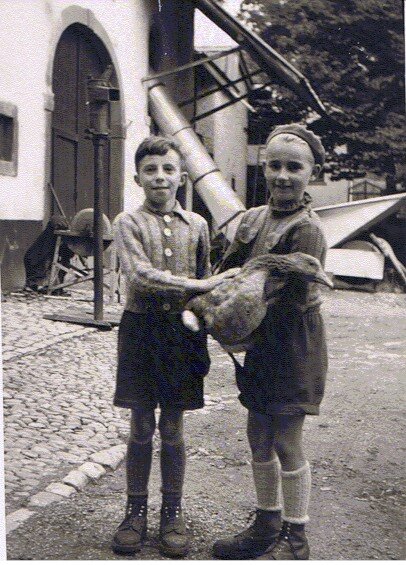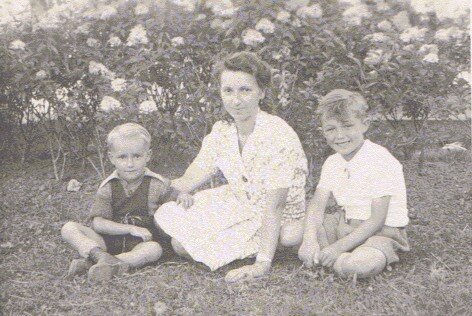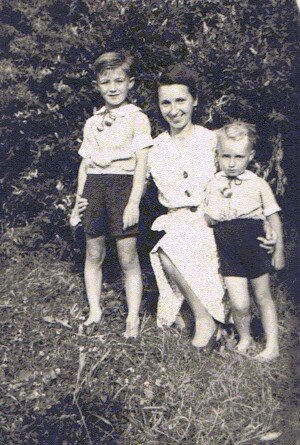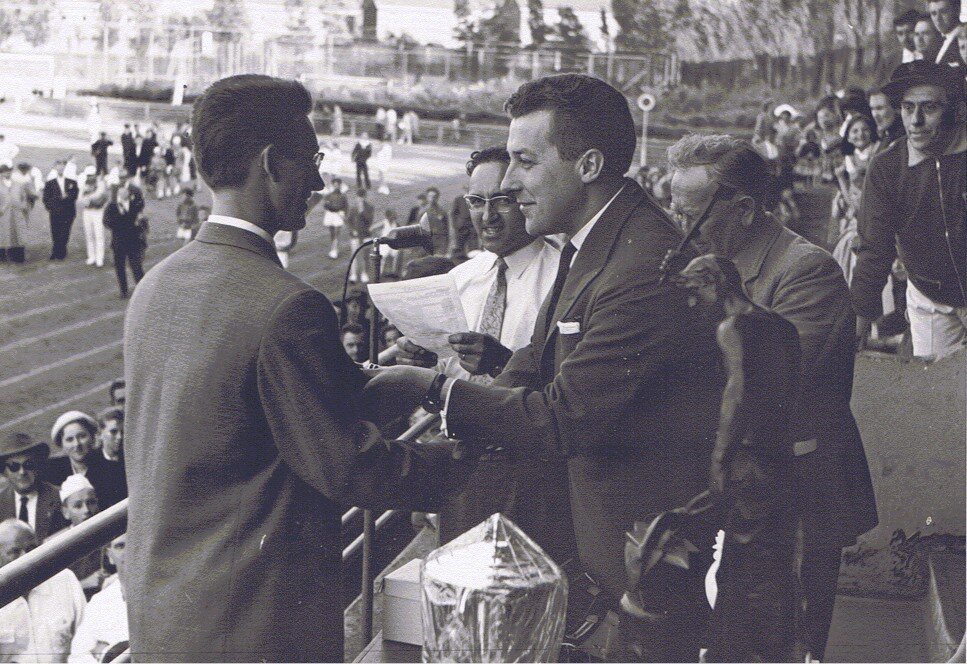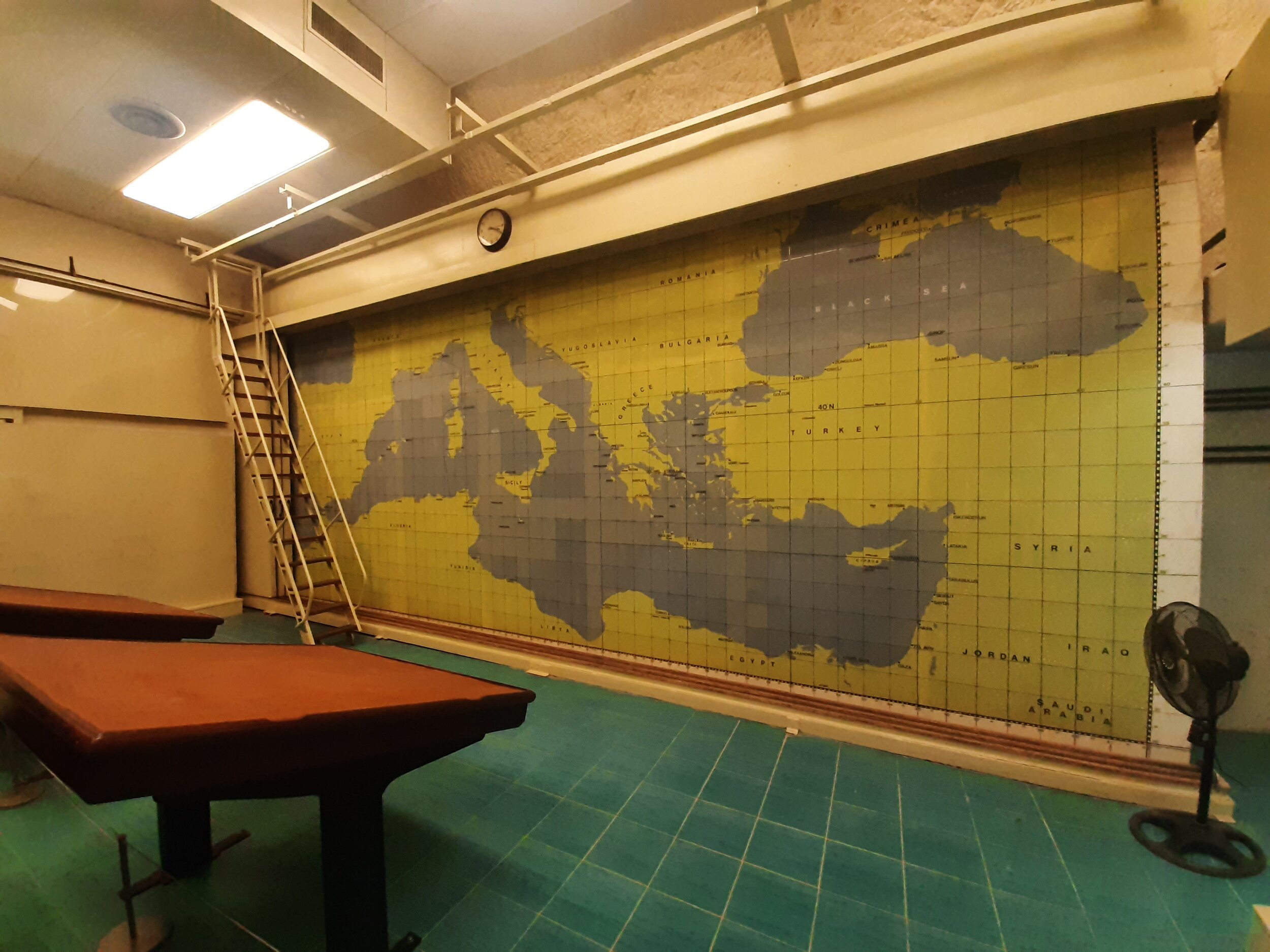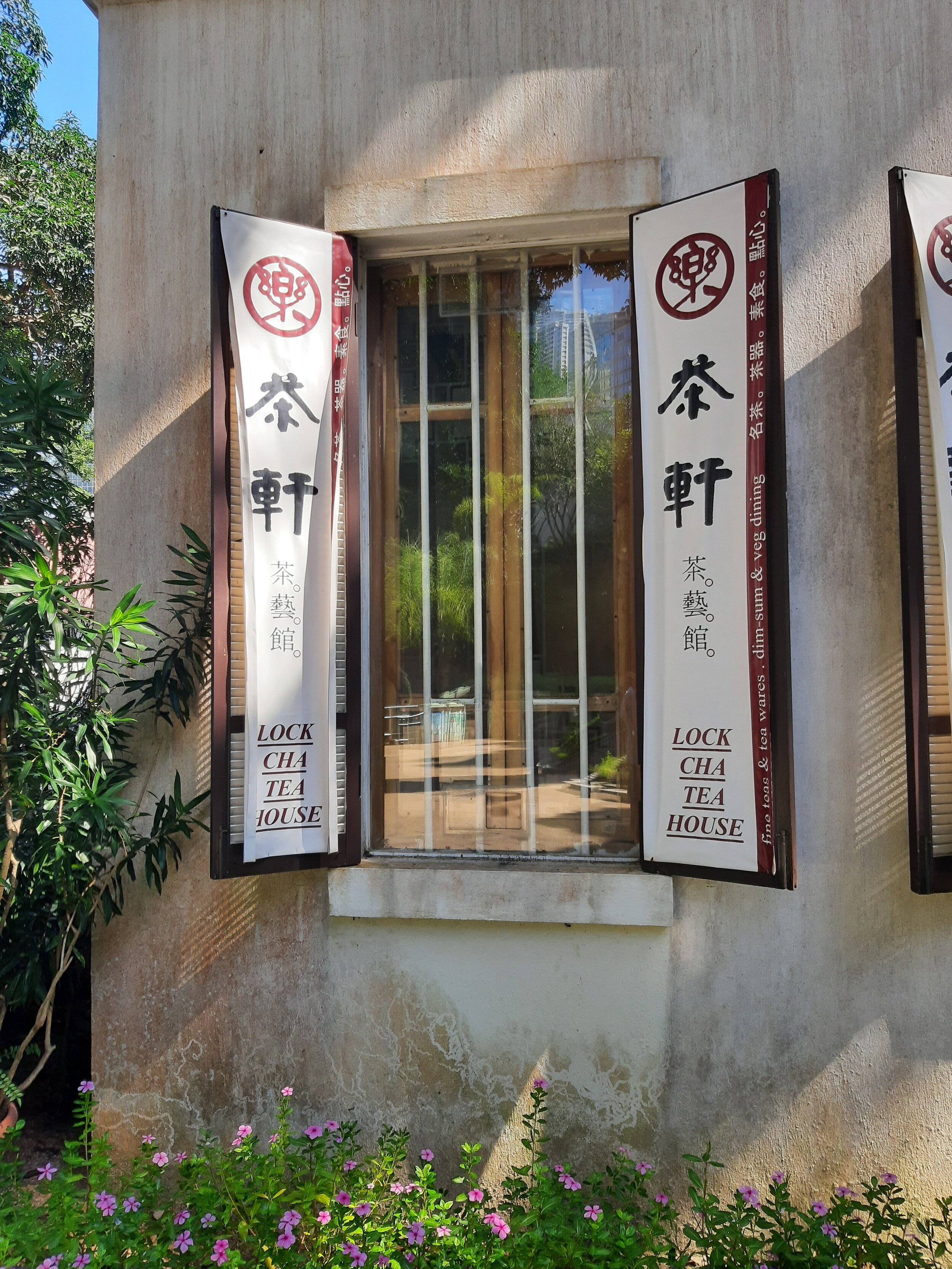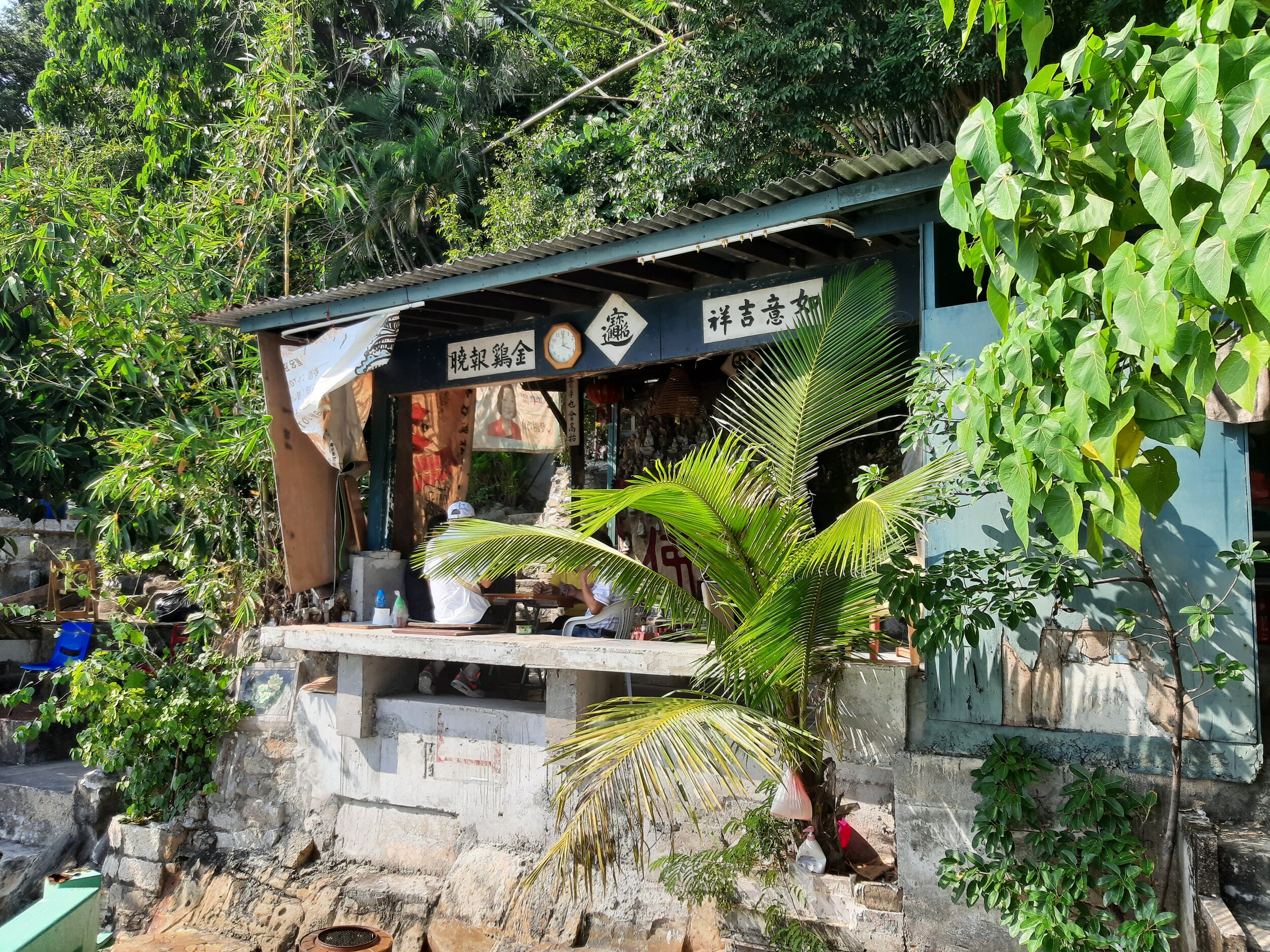I am spending 2 weeks in quarantine in Wanchai. Public health policies in Hong Kong SAR here are an unfortunate mix of virology, superstition and politics. That’s why I am locked up here. But luckily, I have a lot to prepare, and also took the task of writing syllabi and filling in course alignment tables. Today, I got across Bloom’s taxonomy for cognitive levels. Reminds me a little of crossword competitions, when elderly ladies meet in the local community centre. I guess it’s like ISO 9000 for academics. So I just get it done. But there must be easier ways to play this game than with an Excel sheet, especially when thinking about aggregating all these on a School or University level to tick the box for some accreditation or government body.
It’s funny, I have never seen even a course syllabus in the old times. We just had a University-wide “Vorlesungsverzeichnis” (course directory) which you could buy for 5 Deutschmark at the university bookshop. This contained basic information, like the title and the lecturer and a brief description of the content. As a student, how I used this at the beginning of the term, was to mark all courses that interested me. If I did not know the lecturer, I went to their bulletin board to see what they were working on, and to the library to look up their publications. With a completely overloaded starting schedule, I then went to every first lecture for “speed dating” the courses and the lecturers. Only then, I had a look at the programme requirements and considered what I need to do, But these requirements (pre-Bolognia convention), were relatively loose. Should I have noticed that most of the things, I am interested in are not on my schedule, I would have changed to another programme, because obviously I was enrolled in the wrong game.
Now, this may sound inefficient. But I finished my studies at the appropriate time, with an outstanding grade and even received a research prize for my “Diplomarbeit” (master thesis). I also worked as a research assistant, and as a junior scientist in the UK, while still enrolled in Cologne (Germany). This allowed me, to pay back my Bafög (a sort of government student loan supporting my living expenses) in one instalment, which got me a huge discount. Together with being fast and having outstanding grades, I qualified for other reductions, and I really nearly paid back nothing. Tuition was free anyway, as it still is. I also received a little scholarship of 150 Deutschmark per month for books, which I mainly spent on oats, spaghetti and baked beans in tomato sauce. Books I got from the library. So, I also learned among these a few life skills. For my PhD I received a full scholarship from the DFG (German Research Foundation). This was of course far more specialized and I really had to drill deep in my subject. Even though, I was lucky to work in an interdisciplinary team (Graduiertenkolleg) of scientists and engineers.
Now, after a long corporate and entrepreneurial career, I am on the other side of the game. A lot changed. For about a decade already I am splitting my time between commercial work and academia. I am taking the practitioner's view on lecturing. This is why I do enjoy Executive Education and EMBAs quite a bit. But also the young and inexperienced students are great fun to teach. And for research, I have the privilege to get exposure in commercial projects, which give me a quite focused reason to find things out and apply them.
Perhaps also this attitude is rooted in my own University time, which I was very fond of. Besides my supervisor, Prof. Dr Helga Besler (yes my boss was a woman in a “man’s” domain), turned up another character: Prof. Dr Gerhard Bischoff, a geologist. He was trained as a German Luftwaffe-Pilot in 1943 - 1945, as a last agonizing attempt of Nazi-Germany, to get even younger men slaughtered, in the stage of “totalen Krieg” (total war). Luckily for him, he was not shot out of the sky, but the planes were destroyed unmanned on the airfield. So, what can a young pilot do after the war? For example, go to Australia, develop geomagnetic surveying equipment and explore by plane ore deposits for example. With further geological understanding, he realized also that there are oil source rock deposits on the Western Amazon, and as Chief Exploration Officer of Petroperu, he discovered oil there. This brought him to further think about his own plate tectonic models. When I had a geology exam in his office, he started with throwing me a stone ashtray and asked: “What is this?” Then he sat down on an elephant foot stump and lighted a cigarette, offering me one (which I rejected, being a non-smoker).
It was also no secret that the relationship between him and my boss, Helga Besler, was about more than just exchanging rock samples. One day a book volume of airborne photography of Namib dunes (her research field) turned up in her inbox as a gift. It was my job to manage the post for her, so I took this out separately and put it on her desk. Like with any gift from a gentleman, the price was concealed by black ink. So, she told me to go to the lab and try first ethanol, then acetone to find out how much he paid. I was afraid though, that the solvent may damage the book, and so I just went 2 floors down to his office, pretending that I want to buy the book also for myself and asked for the price. I was told the price, asked in for a chat, we looked through the book with the opening sentence: “And these are Helga’s dunes. I have been on the top. Quite a satisfying view”. Then came laughter and smoke blowing my direction. They don’t make these people anymore. They both passed away in 2001 and 2012, after a long and rewarding life, which also included some dunes.




